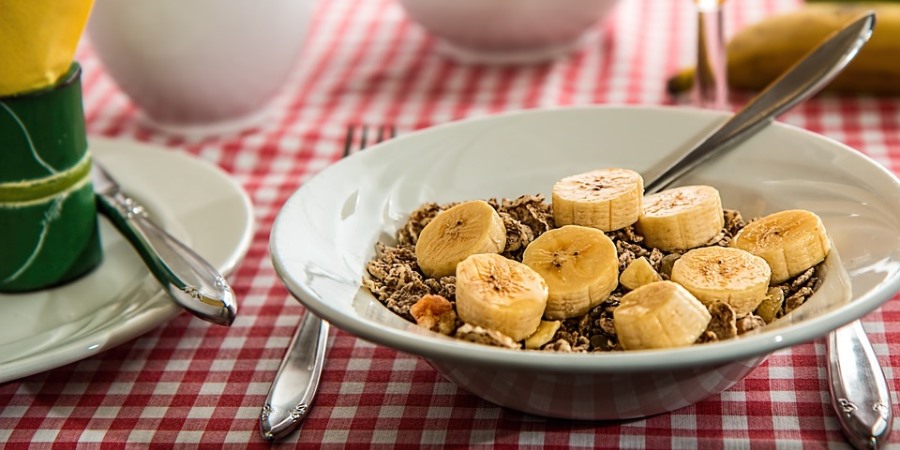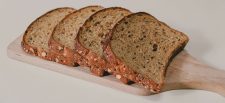Food price inflation has hit 2.5% in March, up from 1.6% in February, the highest since November 2013.
Shop price inflation has also accelerated in March to 0.9%, up from 0.7% in February; the highest inflation rate since March 2013. Fresh food inflation also rose to 1.9%, up from 1.7% in February.
Global commodity prices and weather events are reported as the main causes, with a rise in global cereal prices pushing bread and cereal prices up too.
Last year’s bad weather meant that a number of UK crops, such as onions, potatoes, and cabbage, saw much lower yields, and, as a result, these products are seeing now significant price increases.
Helen Dickinson OBE, chief executive, British Retail Consortium said: “March saw shop price inflation rise to its highest level in six years, driven primarily by a sharp spike in non-perishable food inflation.
“Increases in global commodity prices and adverse weather events put upward pressures on the wholesale prices of many foodstuffs.
“Nonetheless, the bigger threat to food inflation remains the risks of a chaotic no deal Brexit, which would lead to higher prices and less choice on the shelves. In order to avoid this scenario, parliamentarians from all parties must find a compromise that can command a majority in the House of Commons.”
Mike Watkins, head of Retailer and Business Insight, at Nielsen commented: “The upwards pressure on pricing continues across food retailing and a key driver this month was inflation in ambient food and drink.
“With shoppers looking to stretch their budget for the weekly grocery shop, this will not help volume growth, which has been slowing since the start of the year.”









